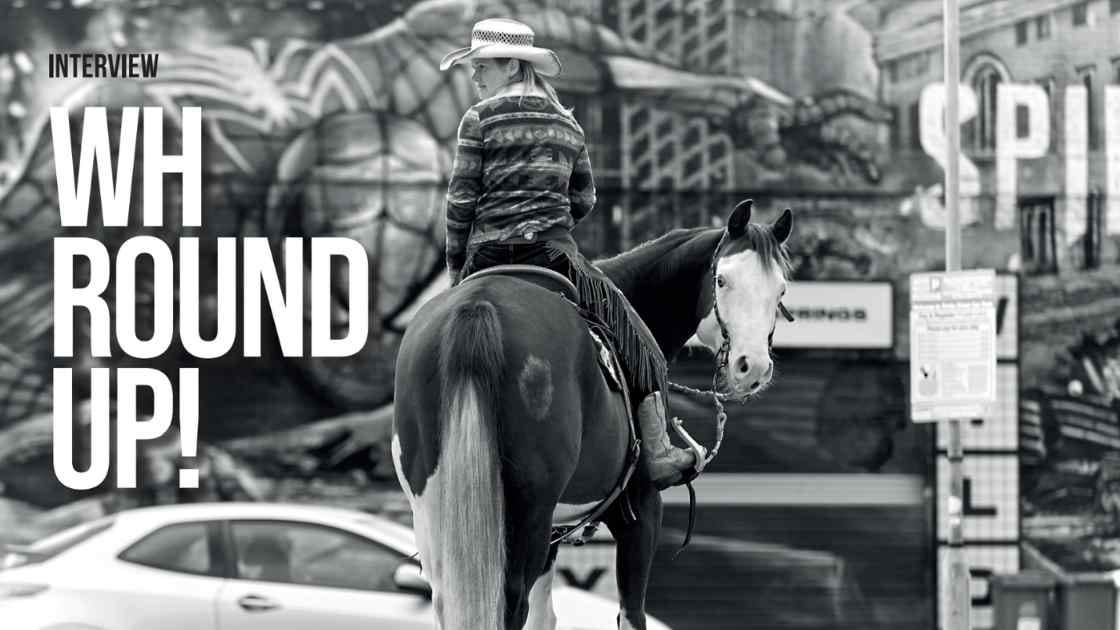Young Horse Training and the Essence of Horsemanship
We take five with Nicole Sherwood and find out a few facts about her approach to horses and life.
📸Images by Nicole Ciscato
Groundwork is my favourite part of the training. Building a connection with the horse
What drew you to specialising in young horse training?
Since I was a teenager, I have always enjoyed walking on foot with my horses. I made my youth horse, Cracker, a backpack, where I would put a packed lunch and we would go out walking. I rod…




